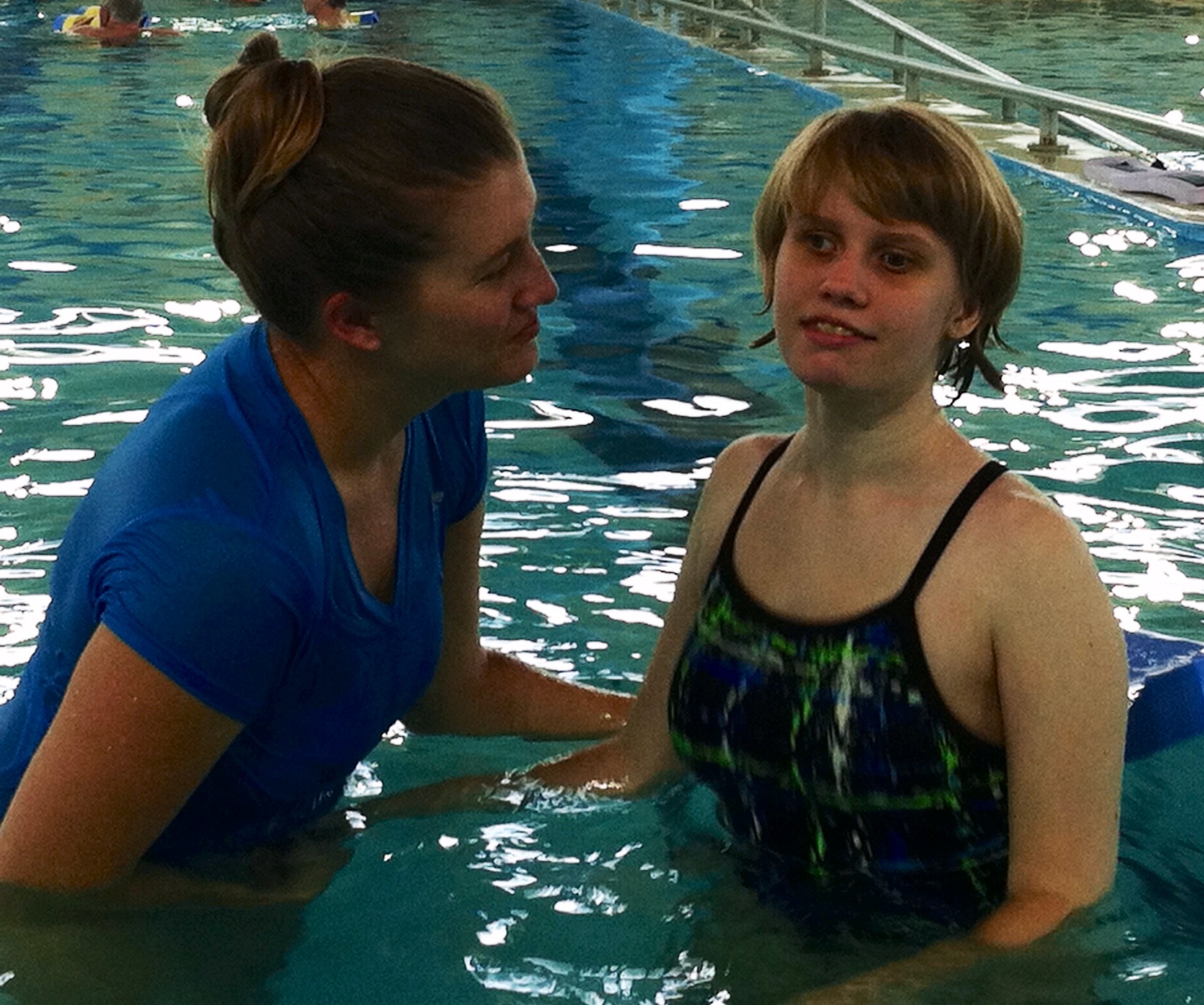Thirty million Americans have a rare disease. Globally, if all of the people affected by a rare disease lived in one country, they would make up the world’s third-most populous nation. And according to the National Institutes of Health, half of all people with a rare disease are children.
These are serious numbers. Rare diseases are real. They don’t just strike anonymous people you read about in magazines or see on TV. They strike your own family members and friends. Ten percent of Americans have a rare disease. If you have 30 classmates, three of them have a rare disease. If you work at a company with 1,000 employees, 100 of them suffer from a rare disease.
I have one sister – out of all the people in the world, my closest genetic match. I don’t have a rare disease. But Taylor does. She has a fatal disease without a known cure or even a single FDA-approved drug treatment.
It’s tough to describe the devastation of Batten disease in a paragraph. It causes blindness and seizures. Kids like Taylor lose their speech and their ability to walk. They end up with feeding tubes. We call Batten disease a “brain” disease, but it ravages the whole body. Calling it a brain disease is like letting it off easy.
But for now, all we can do is throw pebbles at the monster wreaking havoc on my sister’s body. She takes a drug to help prevent seizures, plus a million pills off-label. She does physical therapy like a champ. And Batten disease marches on.
Taylor’s closest to my heart, but her story’s far from unique. When it comes to rare diseases, ineffective and/or temporary solutions for the symptoms are the norm, not the exception. This is an expensive approach that offers little quality of life or long-term hope for the millions of people like my sister. It is a public health problem, and we can all be part of the answer.
Initiatives like the Breakthrough Therapy Designation and Accelerated Approval for Rare Diseases can help pave the way to a better future for the rare disease community. At a recent briefing about FDA approval pathways, a cystic fibrosis patient talked about how a drug called Kalydeco, one of the first Breakthrough Therapies to market, has changed his life. The patient said that the drug, which treats the underlying effect of the disease and not just the symptoms, “profoundly changed his life because for the first time, he felt that he could look forward to becoming a grandparent one day, whereas the average lifespan for CF sufferers is 37.” (FasterCures, Aug. 6, 2013)
I’m reading “The Forever Fix,” Ricki Lewis’ book about gene therapy and the world of patients exploring the frontiers of medicine – our world. In the book, Corey Haas, born with a rare eye disease called Leber congenital amaurosis (LCA), receives gene therapy and sees bright sunlight and fireflies for the first time.
Back when Taylor could still share her hopes and dreams with me, she told me she wanted to drive a pink convertible like Sharpay from “High School Musical” and have a dog and go to college and get married.
I don’t know what tomorrow holds for my sister. But I know that I want to give people like her the opportunity to look forward to milestones. I want to give them the miracles of life, both great and small. I want them to be able to watch the sunrise and count the fireflies on a warm summer night.
Taylor’s Tale is a leader in the fight against rare diseases. Send us a note to ask how you can get involved.

